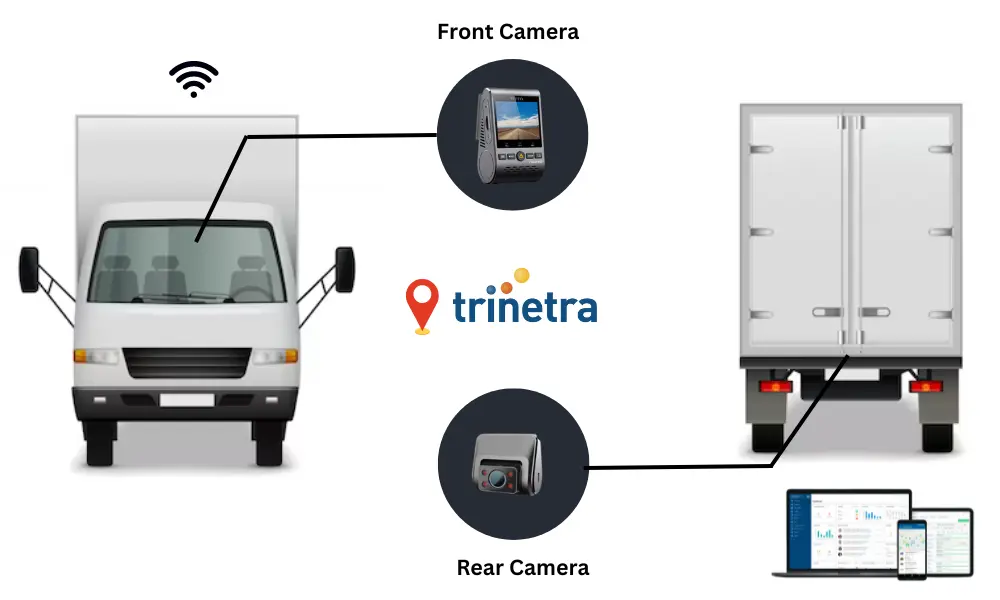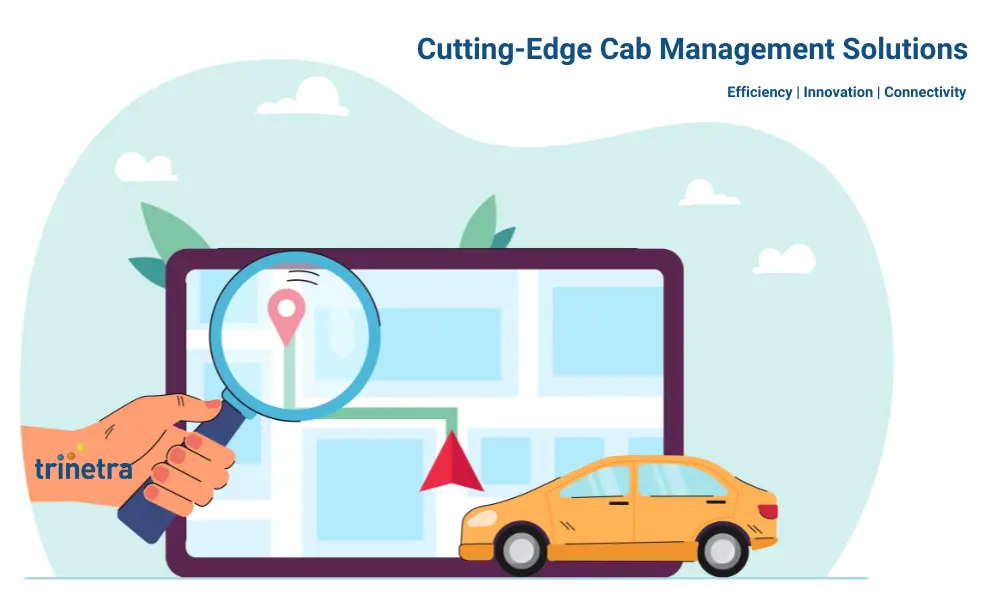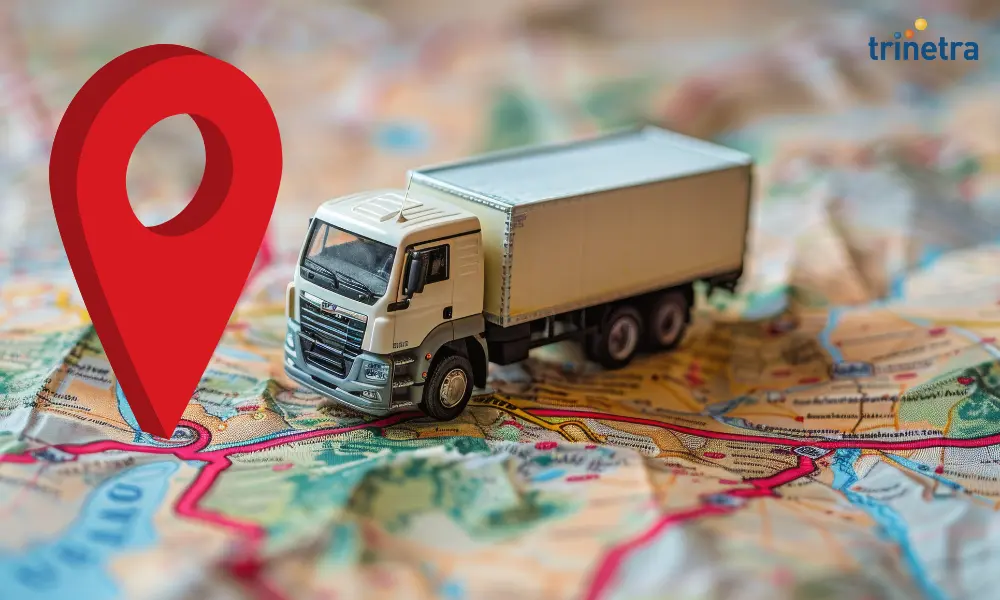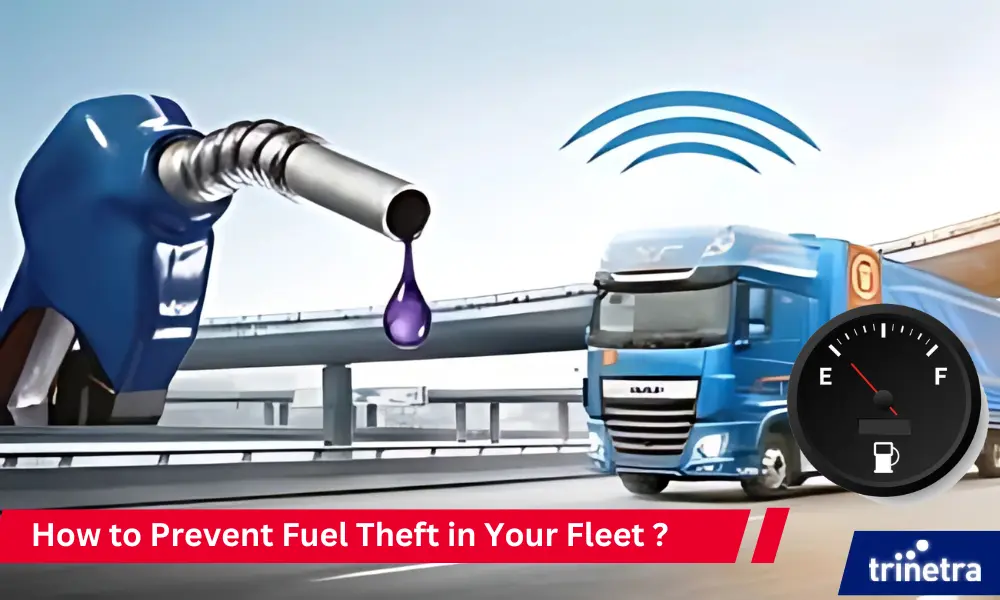To comprehend the functioning of front and rear dashcams, it’s essential to understand the basic operation of a digital video camera which operates by recording videos instead of still images. The recorded videos are saved onto a microSD card or any another storage device in a manner similar to digital cameras.
This dashcam technology has revolutionized the way drivers, including motorcyclists, commercial truckers, rideshare contractors, and private individuals, can capture video footage of their journeys. It enables them to safeguard themselves from unjustified liability in case of an accident or any other mishap.
Dashcams, although conceptually straightforward, can possess advanced functionalities. Modern dashcams often include GPS tracking, night vision, and motion detection features. Additionally, some models are equipped with Wi-Fi capabilities, enabling real-time video viewing and sharing without the need to remove the memory card.
Typically, dashcams are designed for mounting on a vehicle’s dashboard or windshield. However, certain models can be attached to the rear-view mirror or even clipped onto clothing as long as the dashcam has an unobstructed view of the road ahead or behind.
How do Dashcams work
A front dashcam is typically installed near the windshield at the front of the vehicle, while a rear dashcam is mounted near the license plate at the back. Dashcam systems often consist of both front and rear cameras, offering a comprehensive high-resolution wide-angle view of the vehicle’s surroundings.
Typically, the cameras are activated when the engine ignition is turned on, but some camera models may have a manual power button. They automatically start recording and continue to do so until the ignition is switched off. To ensure continuous recording, certain dashcams may employ a looping mechanism that overwrites the oldest footage on the memory card when it becomes full, for creating space for new clips. There are different types of dashcams with various functionalities. The range of cameras includes road-facing, driver-facing, and in-cab cameras, and we can collaborate directly with customers to derive an apt solution to their specific requirements and also budget.
Why Front and Rear Dashcams are worth the Investment
Dashcam-recorded videos serve multiple purposes. The footage can aid in determining fault in accidents, assist in locating stolen vehicles, assist in the training or updating skills of drivers and can provide crucial evidence for identifying and apprehending criminals. A telematics solution, including intelligent dashboard cameras, enhances safety and efficiency by alerting both drivers and fleet managers to risky driving behaviours or other risky conditions.
While dashcams are valuable, it is a fact that they cannot replace responsible driving habits. Maybe a dashcam cannot avert accidents, but it can protect your fleet from liability in incidents where your drivers are not at fault. Utilizing a dashcam is a positive step towards improving road safety and driver training, but it should be complemented by careful and attentive driving, obviously the best way to avoid accidents and damage.
Installing front and rear dashcams offers numerous benefits. Whether you seek enhanced road safety or liability protection for your fleet business, investing in a dashcam is advisable. Moreover, the affordability of dashcams has increased due to advancements in technologies and manufacturing methods.
In case your vehicle encounters a road crash, a dashcams can provide useful evidence in supporting your case. Insurance companies often count on on dashcam footage to determine liability. Additionally, for business owners managing large vehicle fleets, dashcams aid in monitoring driver behaviour and help in promoting safety and training. Therefore, procuring front and rear dashcams is a worthwhile decision. A capable Fleet Management Software can provide intelligent dashcam support to improve road safety and operations.
Trinetra Wireless provides a fleet management software that is future-ready, a versatile and customizable system for various client needs. This fleet monitoring system offers mobile app integration and video telematics, with GPS and Geofencing technologies to the benefit of fleet managers and operators.






